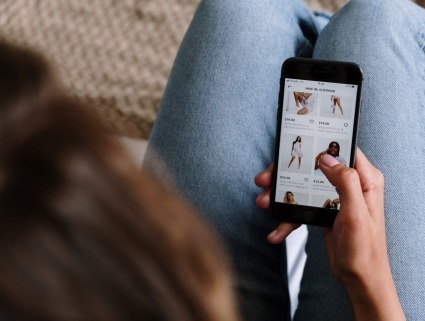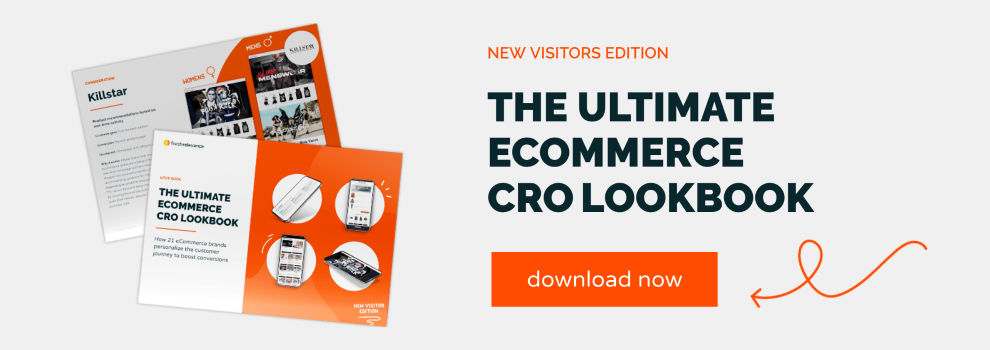There are certain pages on your website other than the homepage that are likely to generate a lot of traffic, such as product detail pages (PDPs) and product listing pages (PLPs).
It’s a good idea to optimize these pages to avoid visitors bouncing to another website after not finding what they were looking for.
Here are some tactics to help you optimize your high-traffic landing pages, keep visitors on your site and boost conversions.
1) Product recommendations
Product recommendations are a great way to showcase more of your inventory and help visitors find what they’re looking for.
When it comes to product pages, displaying similar products provides shoppers with other options that might be more suitable for them. This is also a particularly effective way to reduce bounce rate when visitors land on a PDP and find that the product is out of stock. By displaying similar products that are in stock, shoppers can find an alternative option that they can purchase now.
When LSE Retail discovered that most of their traffic comes through to their PDPs, they optimized these pages with product recommendations.
![]() Source: iconiclights.co.uk
Source: iconiclights.co.uk
LSE Retail saw a 3% revenue uplift with their PDP product recommendation carousels.
2) Social proof
Social proof can increase conversions by reassuring customers that they are buying the right product. Here are a few social proof tactics to add to your high-traffic landing pages.
Popularity messaging
Popularity messaging is when retailers use real-time purchase and browse data to display how many other shoppers have recently viewed, carted or purchased a particular product. This tactic simultaneously increases urgency and makes products seem more desirable.
For high-traffic PLPs, add popularity messaging to help shoppers narrow down their options and highlight products that have resonated with other people.
In this example, Matalan uses urgency-boosting language to showcase their popular products and encourage shoppers to click through to those product pages.
 Source: matalan.co.uk
Source: matalan.co.uk
Popularity messaging also works well on product pages to give shoppers the confidence to make a purchase and boost urgency by signaling that this is a product in high demand.
Cooksongold prominently displays how many other shoppers have purchased the product recently.
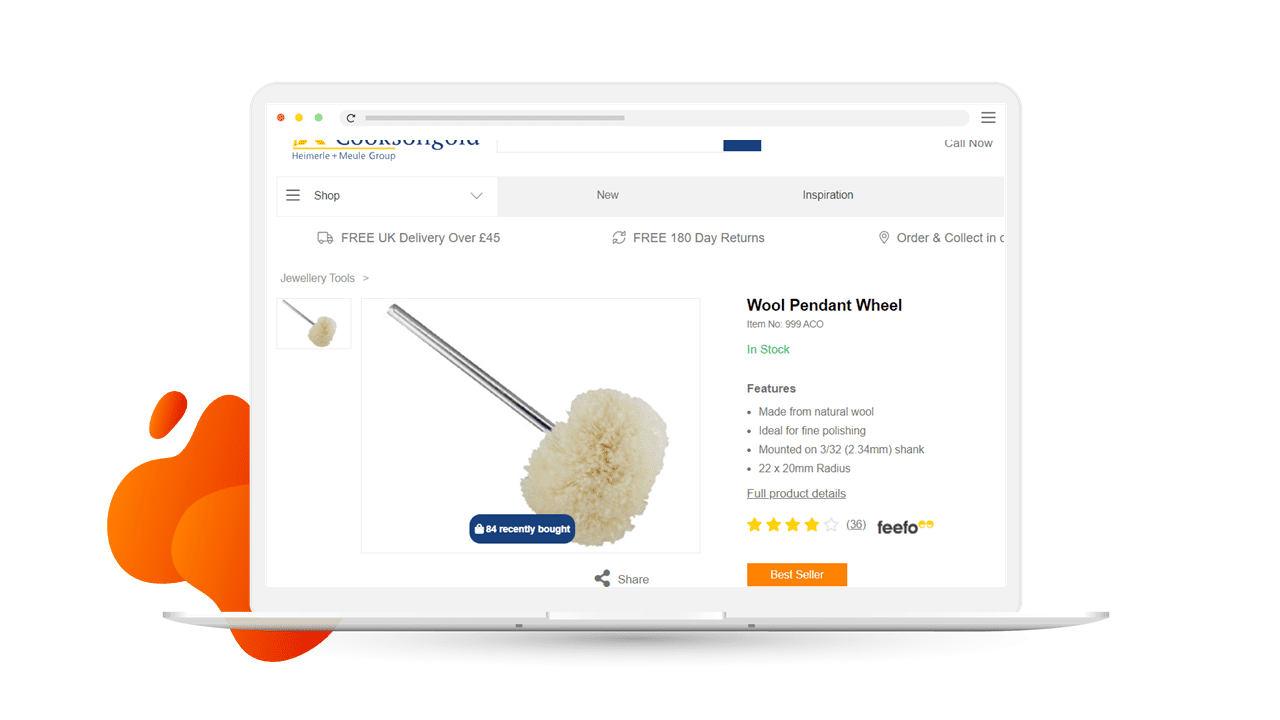 Source: cooksongold.com
Source: cooksongold.com
Ratings and reviews
Ratings and reviews are a social proof essential as they’re a top consideration in the purchase process, with more than half of shoppers finding them useful.
In a similar way to popularity messaging, adding star ratings to your PLPs will guide shoppers towards certain pages and highlight your highest rated products.
Buyagift includes star ratings for certain products on their PLPs.
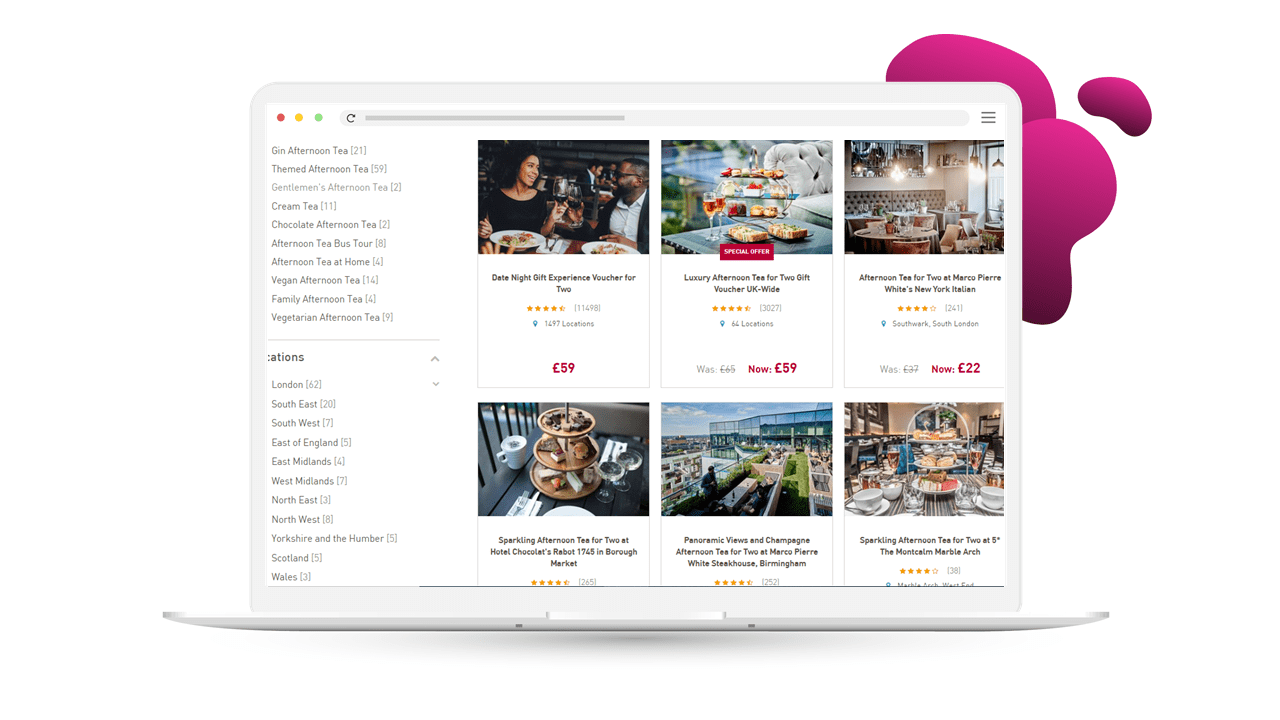 Source: buyagift.com
Source: buyagift.com
When it comes to your product pages, ratings and reviews will help ease any purchase anxiety and increase the chance of conversion.
Glasses Direct pulls in ratings and reviews from Trustpilot at the bottom of their product pages.
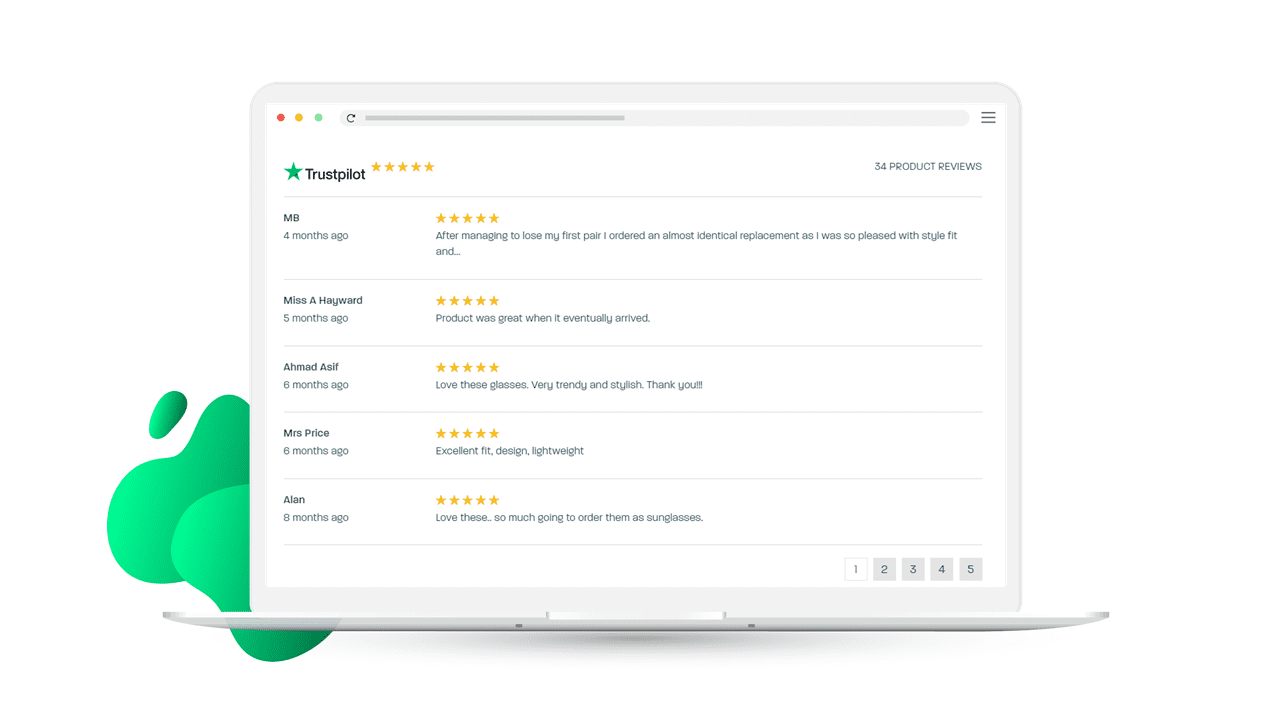 Source: glassesdirect.co.uk
Source: glassesdirect.co.uk
User-generated content
User-generated content is another great way to boost trust and help shoppers visualize what your products or services are like in real life. 1 in 3 consumers prefer to see a product as it is worn or used by real people as opposed to professional product images, so it pays to use this social proof tactic.
Try adding UGC to your product pages to give shoppers an accurate idea of how the product will fit into their lives.
Some eCommerce stores also use authentic product images on their product listing pages, such as in this example from Never Fully Dressed, who mix up professional product photos with more natural-looking ones.
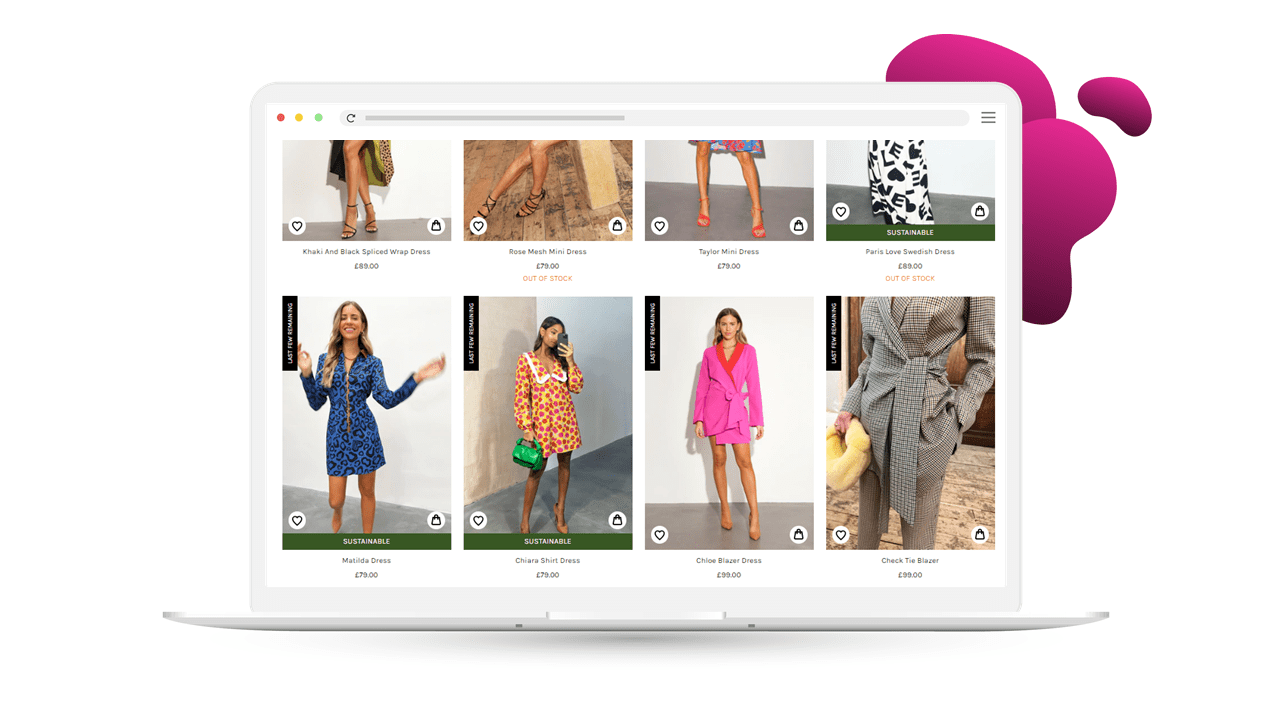 Source: neverfullydressed.co.uk
Source: neverfullydressed.co.uk
3) Countdown timers
Countdown timers are an effective tool to build excitement and urgency around important order cut-off dates. For example, if a shopper lands on your product page and sees that they can receive the item sooner if they order in the next two hours, they may be more likely to stick around to make a purchase. In fact, more than 1 in 4 people want retailers to highlight important cut-off dates.
Jewellerybox’s dynamic countdown timer draws shoppers’ attention to the same day shipping deadline, increasing urgency and decreasing click to purchase as customers know they have a limited amount of time.
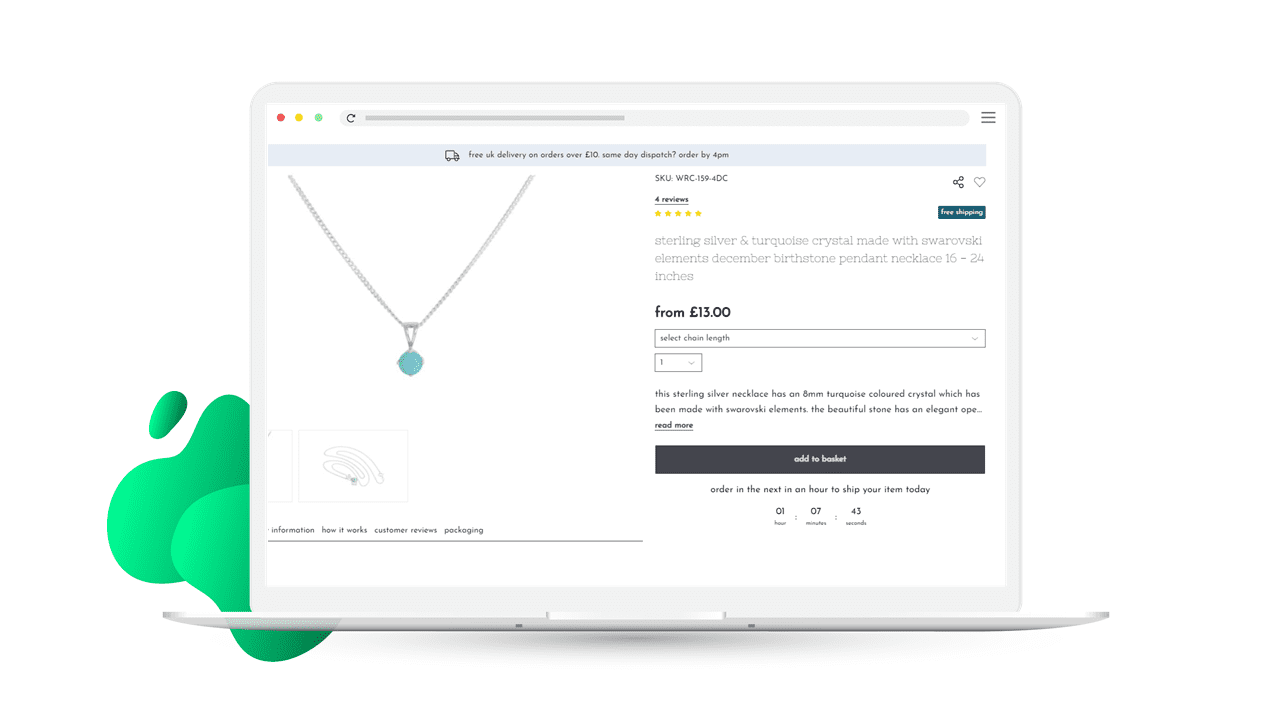 Source: jewellerybox.co.uk
Source: jewellerybox.co.uk
Since implementing their countdown timer, Jewellerybox has seen a 5% increase in conversion rates in the two hours prior to the same day shipping cut off.
4) Exit intent popovers
If all else fails and a website visitor still wants to leave your site, it’s a good idea to have exit intent popovers in place to grab their attention. For shoppers who haven’t signed up to your newsletter yet, encourage them to do so by offering a discount or freebie when they sign up, or spelling out the benefits of signing up, such as being the first to hear about new products and sales.
Feel Good Contacts highlights the 10% discount up for grabs for newsletter subscribers, a tactic that has helped them achieve a 333% increase in sign-ups month-over-month.
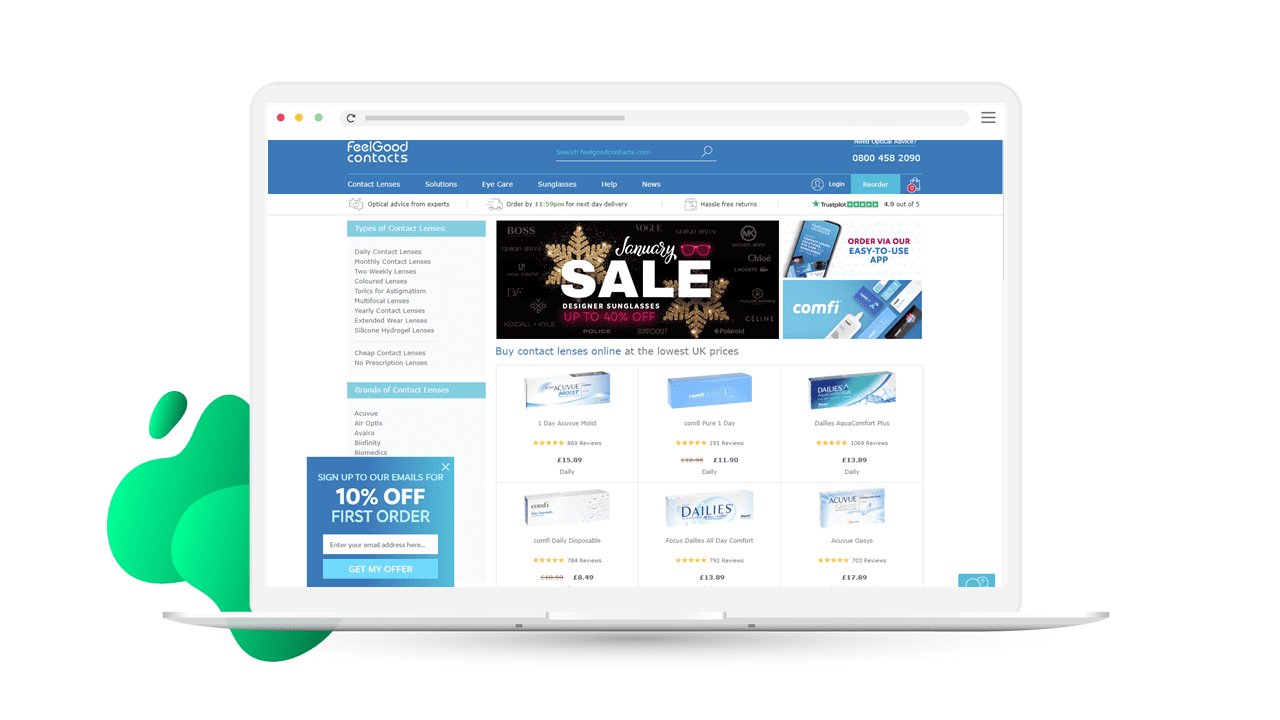 Source: feelgoodcontacts.com
Source: feelgoodcontacts.com
5) Triggered emails
Finally, make sure you have triggered emails in place to target shoppers with relevant and timely information even after they’ve left your site. Two types of triggered emails that are useful here are back in stock emails and price drop emails.
Price drop emails
Price drop emails alert shoppers when a product they browsed drops in price. They’re the perfect reminder for impulsive online browsers and can also encourage price-conscious shoppers.
Back in stock emails
Back in stock emails let shoppers know when an out-of-stock product they browsed comes back in stock. It’s a great way to recover potential lost revenue, keep customers engaged with your brand, and delight shoppers by connecting them with the product they want.
Wex Photo Video triggers back in stock emails with big header text to help shoppers know exactly what the emails are about. They also follow best practice by including prominent images of the browsed products to remind shoppers of the item they were looking at.
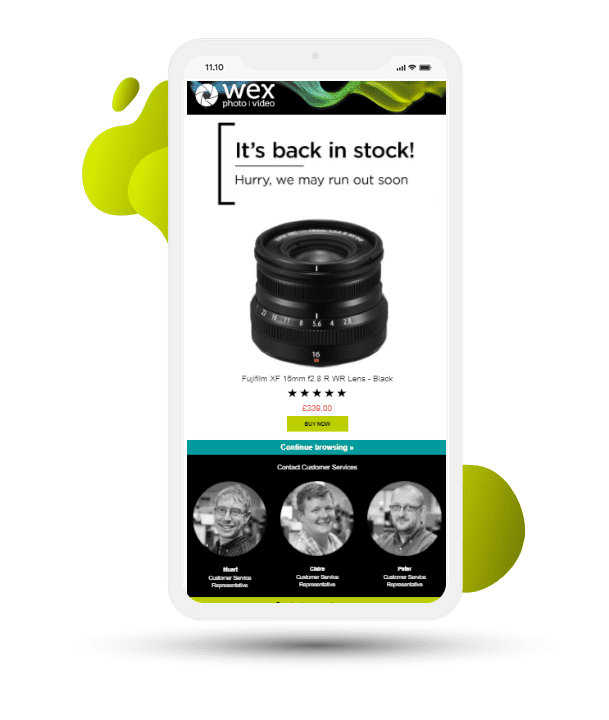
Source: Wex Photo Video email
Final thoughts
It’s not only the homepage that visitors land on. Crunch the numbers to find out which of your pages are driving the most traffic and optimize these pages using the tips discussed above.
Add product recommendations to inspire shoppers with other options that might be suitable for them, use social proof tactics such as ratings and reviews to boost trust, display countdown timers to drive urgency and implement exit intent popovers to collect your shoppers’ details before they bounce. Finally, make sure you have triggered emails (such as back in stock and price drop emails) in place to engage your website visitors even after they’ve left your site.


